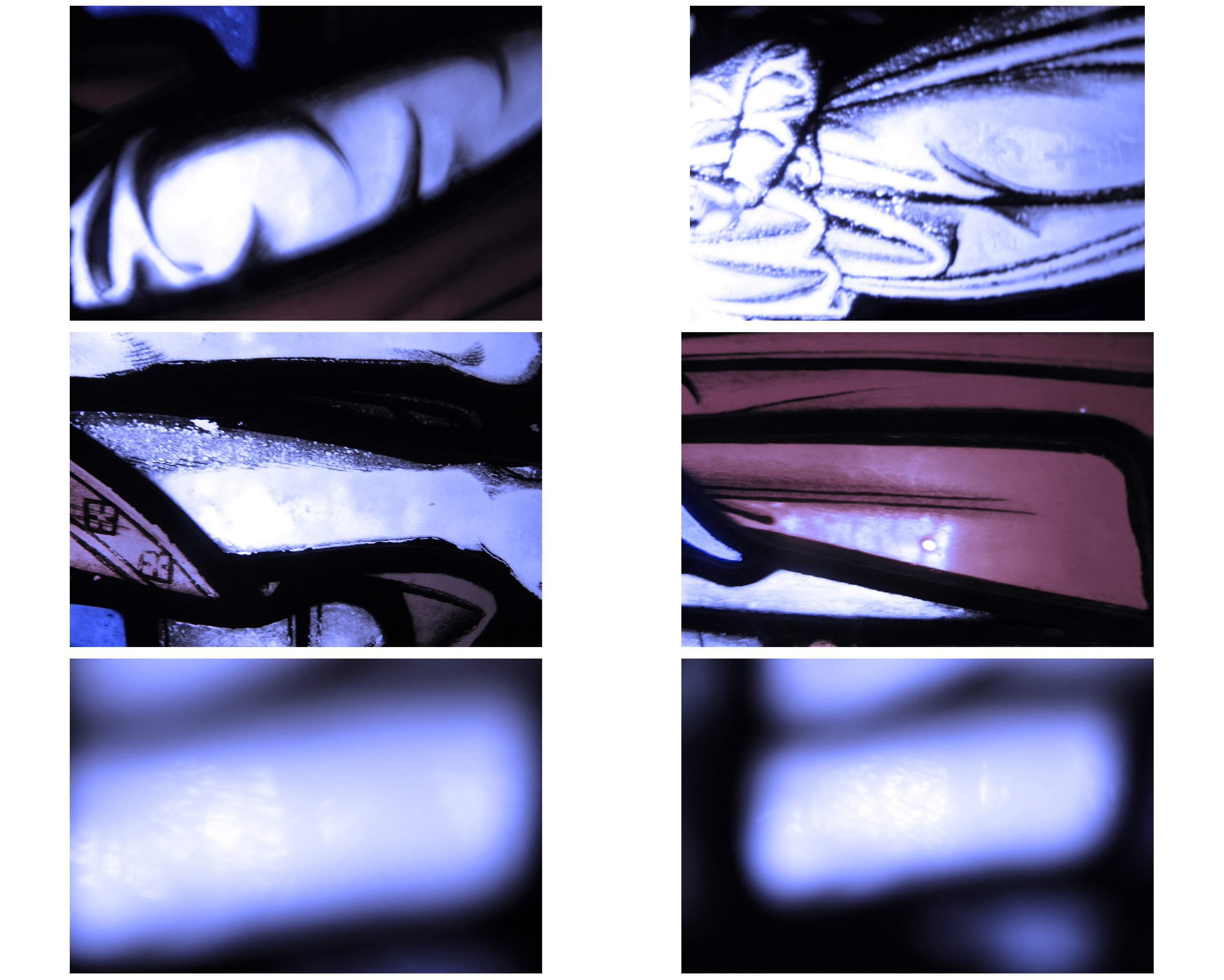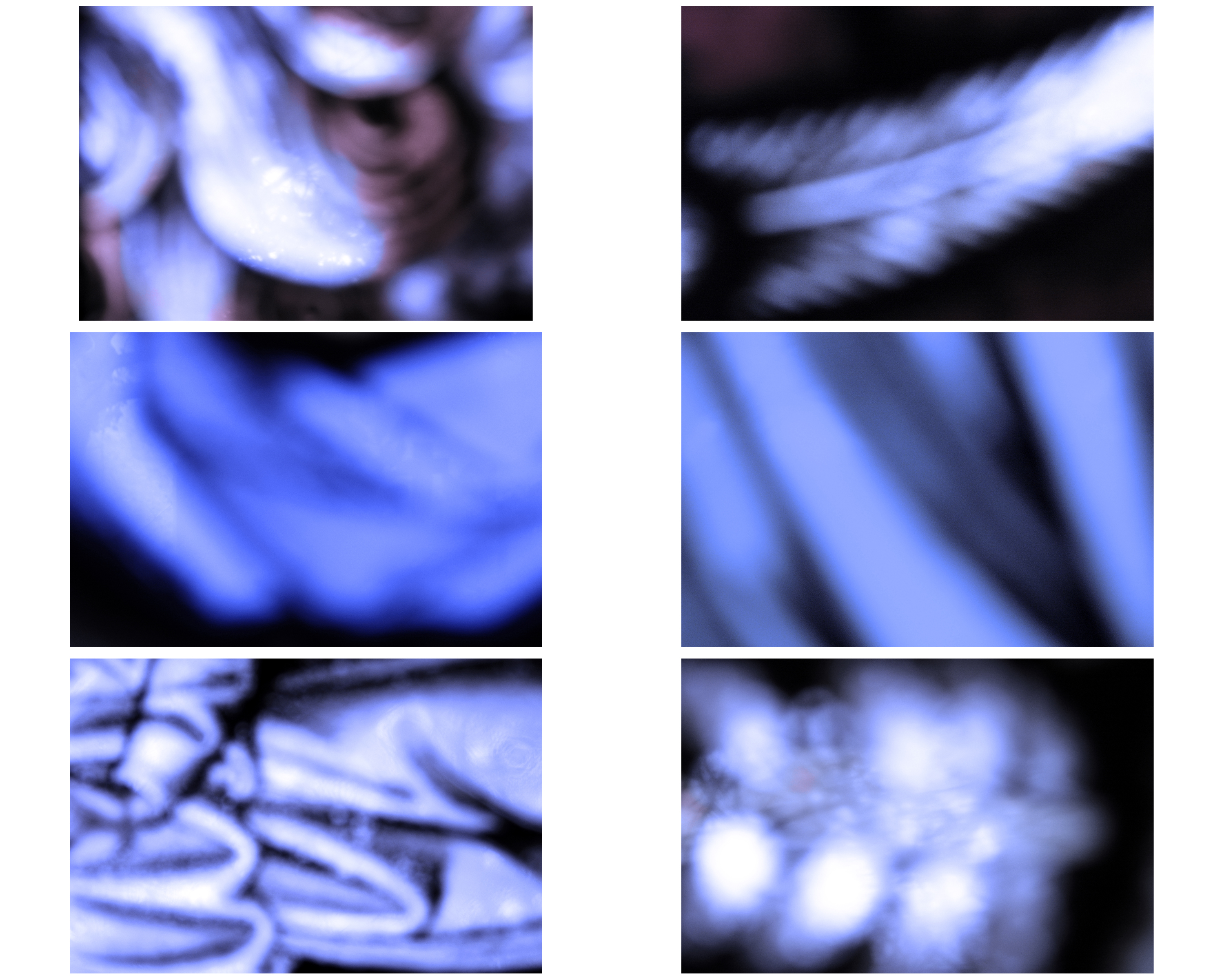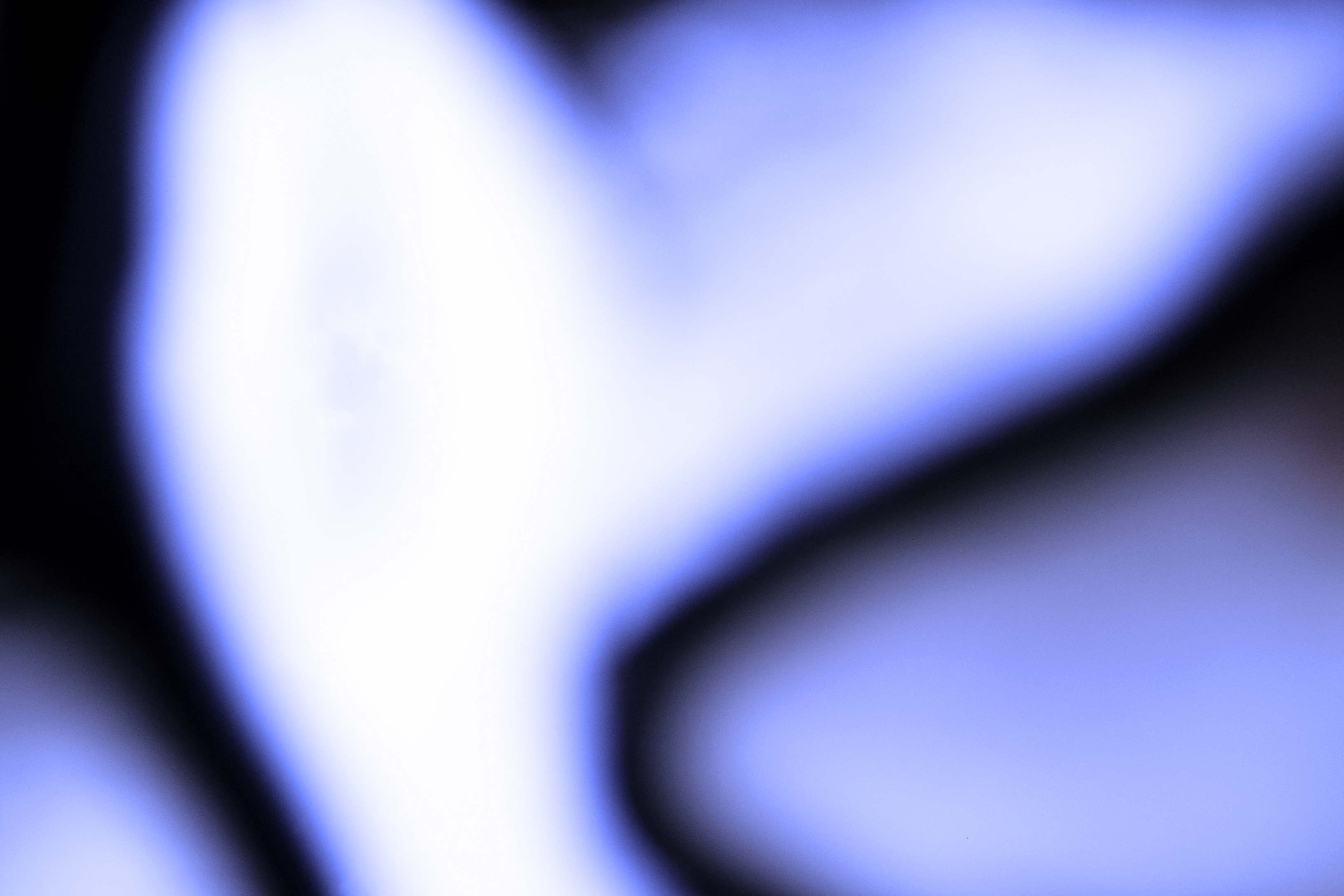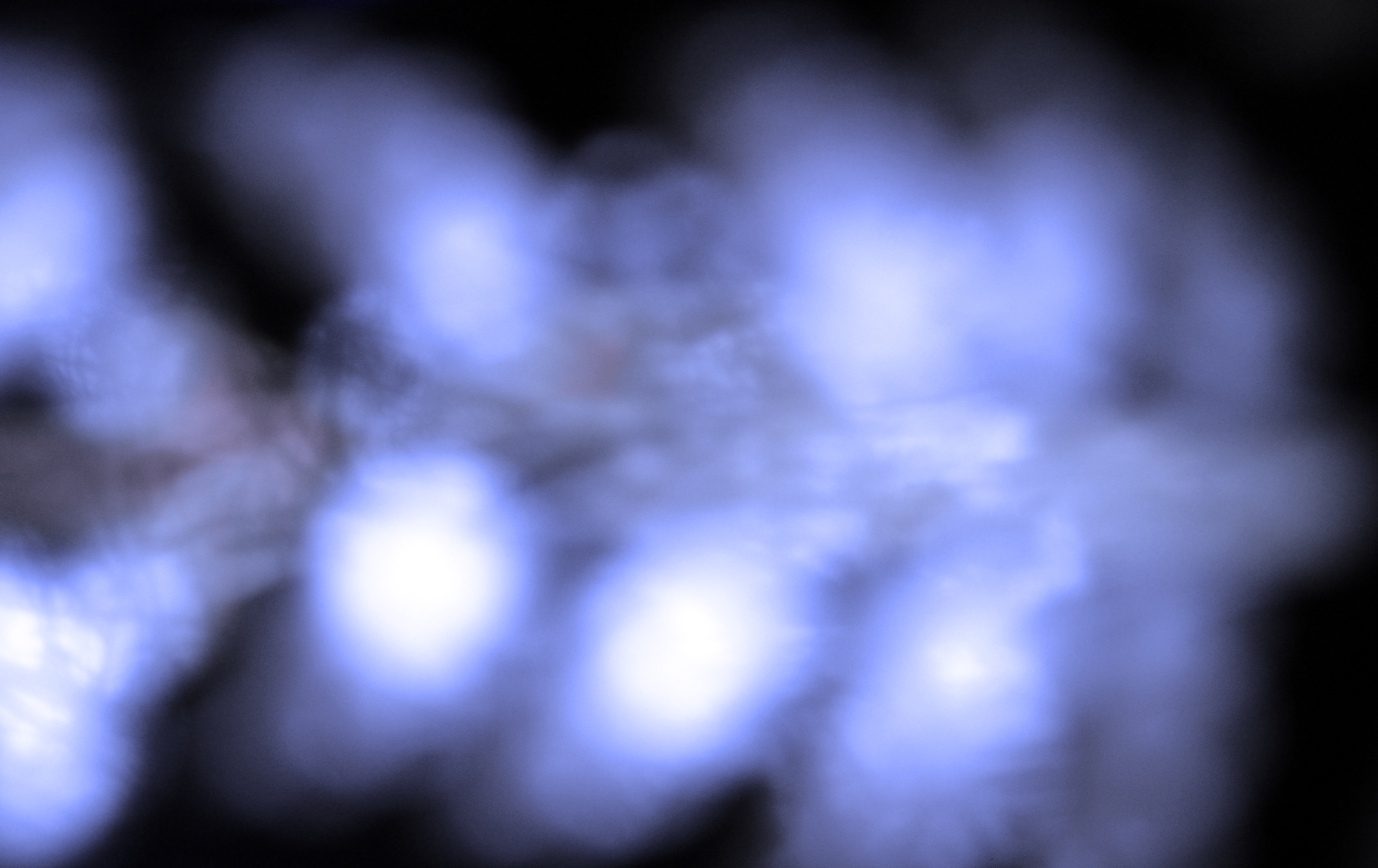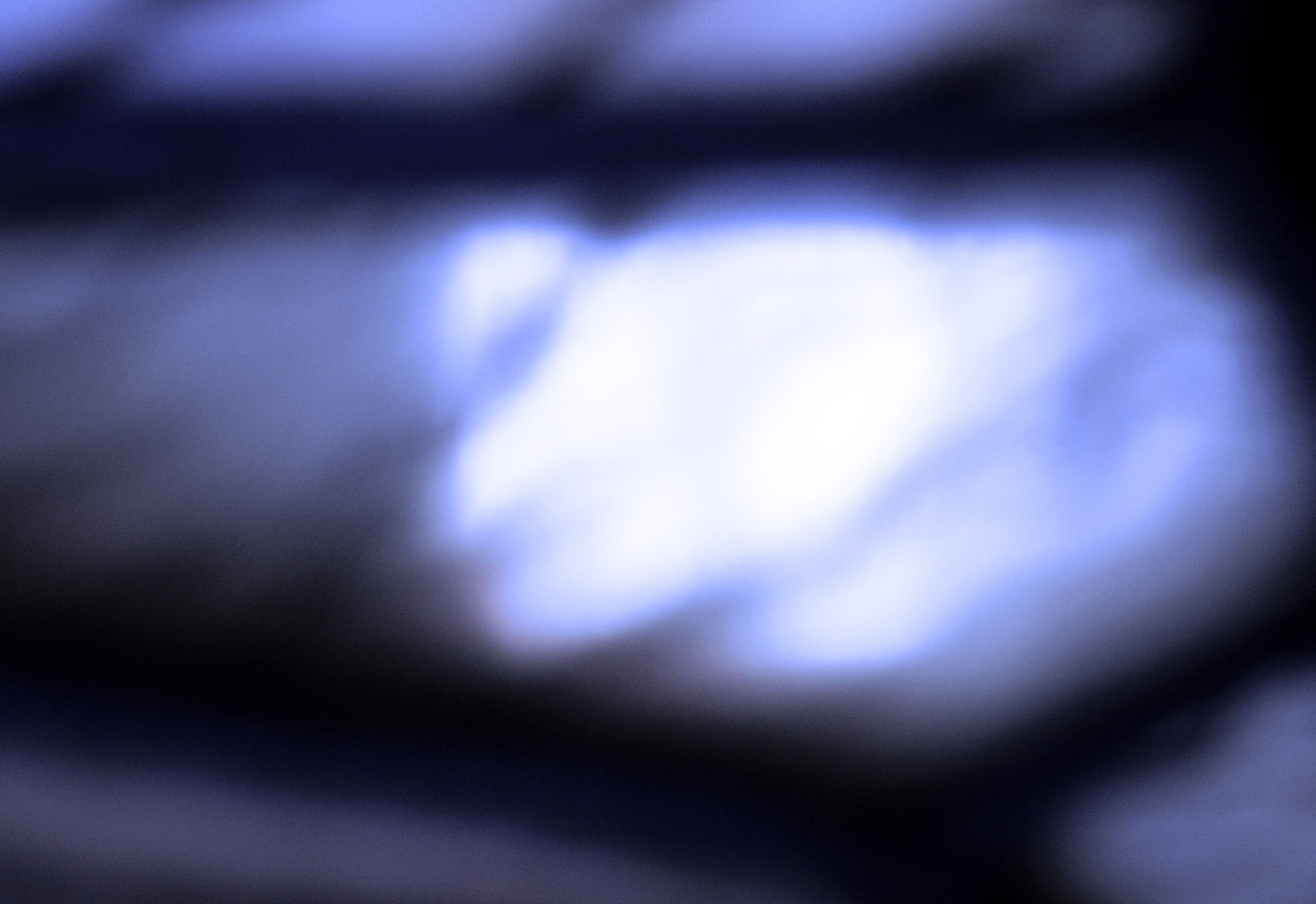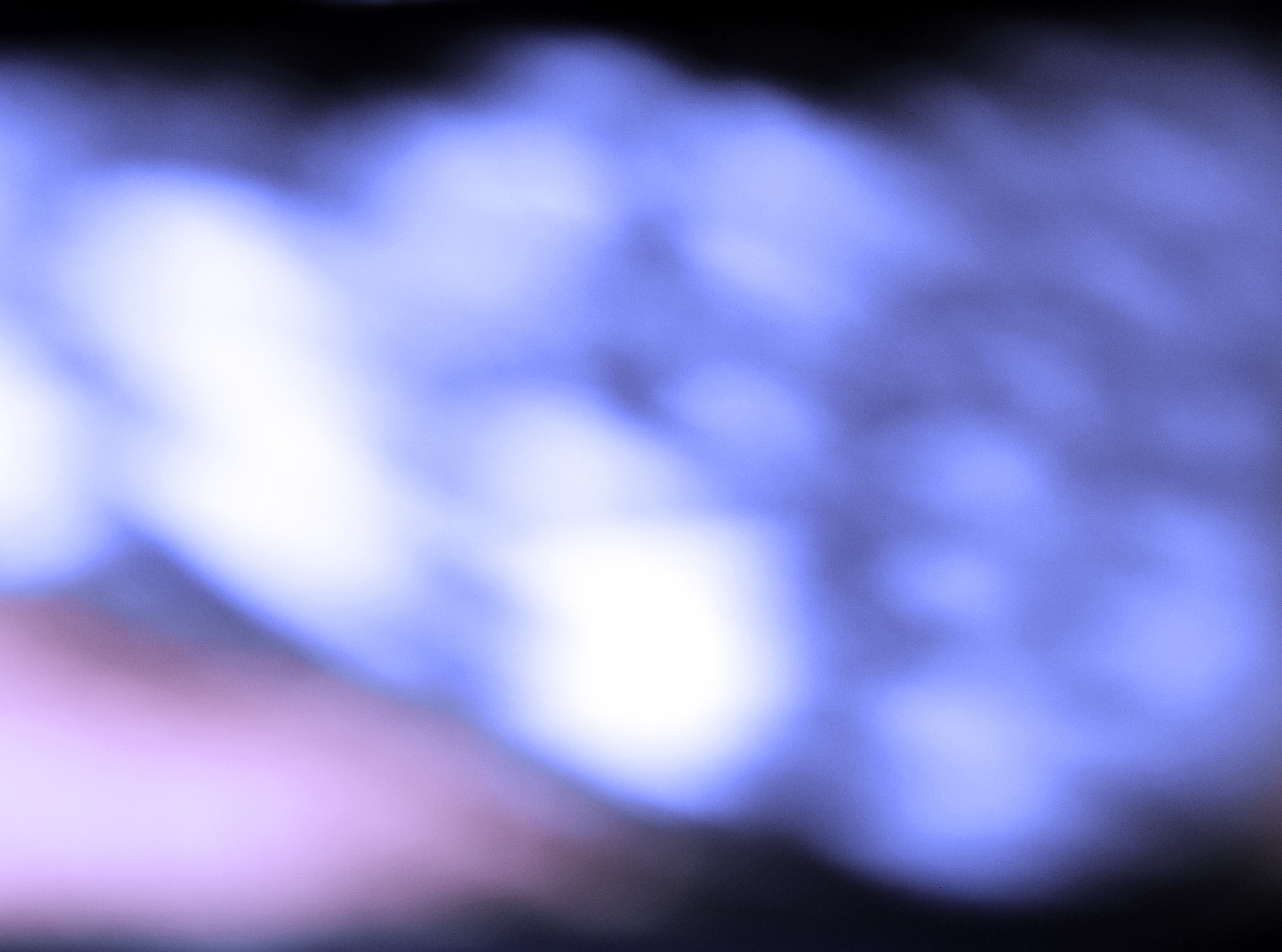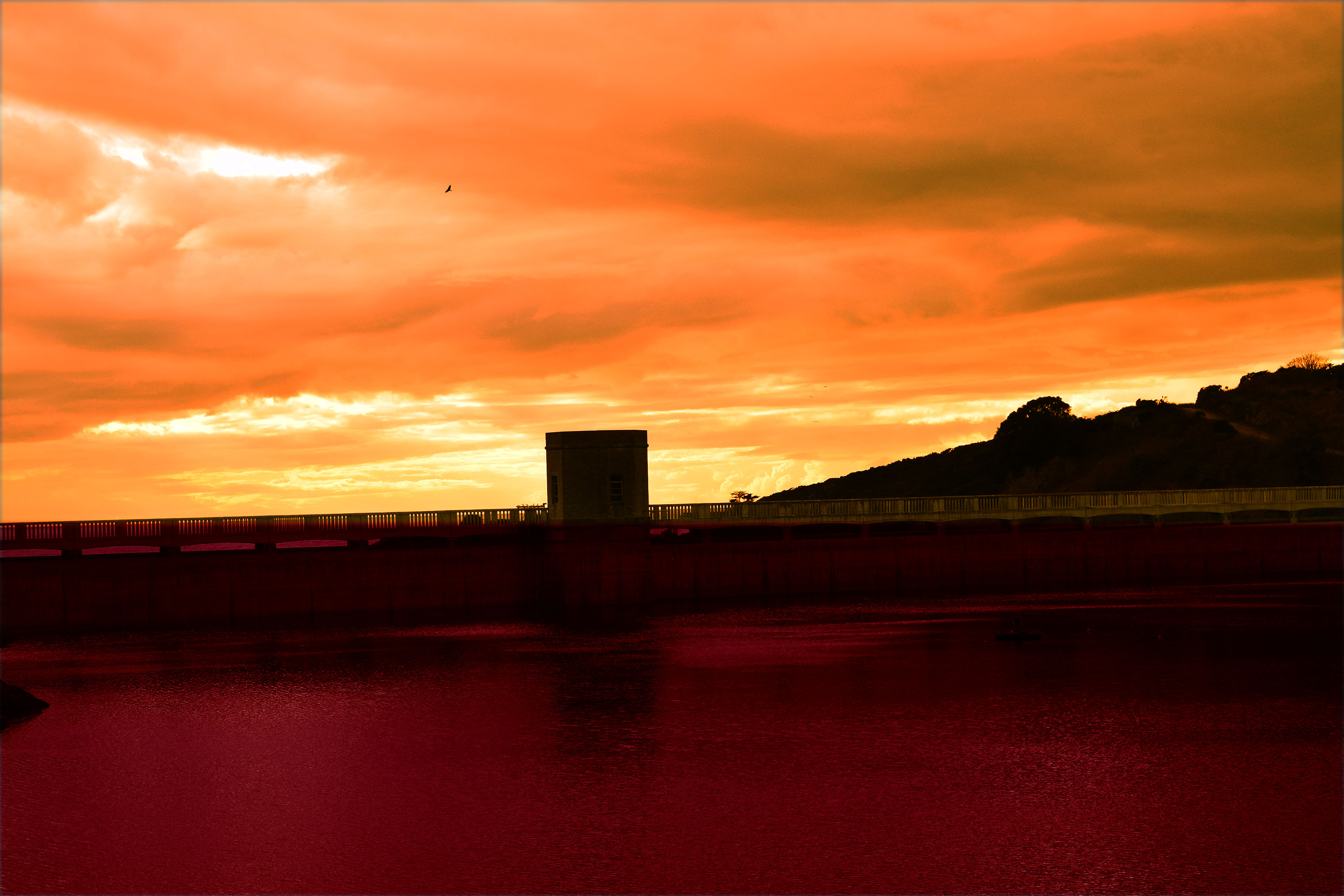CINDY SHERMAN
Cindy Sherman is a contemporary master of socially critical photography. She is a key figure of the “Pictures Generation,” a loose circle of American artists who came to artistic maturity and critical recognition during the early 1980s, a period notable for the rapid and widespread proliferation of mass media imagery. At first painting in a super-realist style in art school during the aftermath of American Feminism, Sherman turned to photography toward the end of the 1970s in order to explore a wide range of common female social roles, or personas. Sherman sought to call into question the seductive and often oppressive influence of mass-media over our individual and collective identities. Turning the camera on herself in a game of extended role playing of fantasy Hollywood, fashion, mass advertising, and “girl-next-door” roles and poses, Sherman ultimately called her audience’s attention to the powerful machinery and make-up that lay behind the countless images circulating in an incessantly public, “plugged in” culture. Sexual desire and domination, the fashioning of self identity as mass deception, these are among the unsettling subjects lying behind Sherman’s extensive series of self-portraiture in various guises. Sherman’s work is central in the era of intense consumerism and image proliferation at the close of the 20th century.
Recalling a long tradition of self-portraiture and theatrical role-playing in art, Sherman utilizes the camera and the various tools of the everyday cinema, such as makeup, costumes, and stage scenery, to recreate common illusions, or iconic “snapshots,” that signify various concepts of public celebrity, self confidence, sexual adventure, entertainment, and other socially sanctioned, existential conditions. As though they constituted only a first premise, however, these images promptly begin to unravel in various ways that suggest how self identity is often an unstable compromise between social dictates and personal intention.
Sherman’s photographic portraiture is both intensely grounded in the present while it extends long traditions in art that force the audience to reconsider common stereotypes and cultural assumptions, among the latter political satire, caricature, the graphic novel, pulp fiction, stand-up comedy (some of her characters are indeed uncomfortably “funny”), and other socially critical disciplines.
Sherman’s many variations on the methods of self-portraiture share a single, notable feature: in the vast majority of her portraits she directly confronts the viewer’s gaze, no less in the case of posed sex dolls, as though to suggest that an underlying penchant for deception is perhaps the only “value” that truly unites us.
Long assumed to be a medium that “mirrors” reality with precision, photography in Sherman’s hands simultaneously constructs and critiques its apparent subject. In this sense, Sherman’s unique form of portrait photography functions, in part, as a sign for the subjective nature of all human intelligence and the unstable nature of visual perception.

in 1977 Cindy Sherman began capturing images of women which became one of her most world renound projects, “Untitled Film Stills.” Over three years, the series grew to comprise a total of seventy black-and-white photographs. Taken as a whole, the this series of images resembles publicity pictures made on movie sets of stereotypical female roles inspired by 1950s and 1960s Hollywood, film noir, B movies, and European art-house films. But while the characters and scenarios may seem familiar Cindy Sherman’s “Stills” are entirely fictitious; they represent clichés (career girl, bombshell, girl on the run, vamp, housewife, and so on) that are deeply embedded in the cultural imagination. While the pictures can be appreciated individually, much of their significance comes in the endless variation of identities from one photograph to the next. As a group they explore the complexity of representation in a world saturated with images, and refer to the cultural filter of images (moving and still) through which we see the world.
FURTHER RESEARCH:
I got hold of a couple books containing Cindy Sherman’s works as well as the book below which contained an essay analyzing her works, the way she created photographs and her purpose for taking mages of women in the style that she did.
In the book above, Retrospective, different art critics look at pieces of work by Cindy Sherman attempting to discuss them from a non objective way. Amelia Jones, who writes the ‘Tracing the Subject’ essay in the book initally considers how Cindy Shermans work is ‘A feminist negotiation of the male gaze’. She considers how cindy sherman has looked a her subjects from a male point and view and then views context on the theory of ‘The Projective Eye’ which in the 1970’s was a way in which the male could be seen to be looking at the female. There are three ways in the projective eye theory that of which the victims take their place relative to it. The first being that they internalize the penislike eye (meaning the photography considers what a males viewpoint and perspective would be. The second being that they aggressively enact themselves according to the rules that have been established and then they confuse its potentially disempowering effects by throwing the gaze back at the viewer.
Performing gender
“the adoption of feminimity as a sign of the ways in which particular subjects are aloowed to experience themselves produces the subject as an object trapped within the inexorable purview of the projective gaze.” I consider what Jone’s is saying her to be that no matter whether male or female, as soon as they are stood in front of the lens they are subject to the eye of the photographer and they will be represented in the way that their projective eye sees. This links to the idea of objectification and how no photograph can really be holey authentic. However in consideration to the role of female and how females are presented during the 1970’s and 80’s they were more than not subject to the idea of the male gaze which Sherman considers a lot during her work especially when looking at her untitled film stills series which was created to resemble movies sets where women where sexualised. Jones goes on to consider the Untitled Films Still series by Sherman saying how it is obvious that she is trying to show feminimity through her images however it still contains the generic structures of the gaze. A really interesting point which i found when reading this essay was that Jones says “her entire body of work’s performance of the sexual subject as an effect of the other.”. I think that this is notable to consider when looking at other artists and photographers throughout my project that images may only ever be subjective and sexualised because of the eye of the creator.


IMAGE ANALYSIS

I chose to analyse this image because the subject that Cindy Sherman was photographing was portraying a sense of uninhibition (expressing one’s feelings or thoughts unselfconsciously and without restraint.) and this is why i was initially drawn to Shermans work. Her models in her series ‘untitled film stills do not seem to be shy in front of the camera they are focusing on strong confident women who are embracing there beauty. ‘Untitled Film Stills’ was a key series of works in showing women’s femininity and before the 1970’s women’s bodies hadn’t really been revealed in front of the camera. I also chose this image as i really liked the strong pose and the way the subjects body is positioned as well as an interesting camera angle being used.
The image is of a young women lying across white bed sheets holding her hair brush in her underwear and night robe. The image, taken in 1977, is taken in the style of the way actresses were represented. Actresses were partly negatively represented in the 1970’s as they were shown as beautiful women who were sex symbols and adored. However they were only portrayed as this, they were not shown to be intelligent or independent women and i think that this is conveyed through Sherman’s image #6. Her close of portrait of the subject breaks the rule of thirds as the subject takes up nearly the whole screen however i think that this is clever composition as it keeps her as the main focus point of the image and there is nothing taken away from the subject. The composition complements the framing of the image as the subject reaches each edge of the image so the framing has been captured around where the subject is getting her to just film the frame. Colour tones and contrast play a key part in creating this image. The nearly pure black of the hair brush and bra stand out really strongly against the the white sheets and her skin tone. I think that this may have purposely been set up as these two items are very feminine objects. The angles that Sherman’s uses are also key to analyse as she does not photograph from a typical eye level mid zoom shot. She has been more experimental with the perspectives that she captures of the females she focused on. Her she is above the subject looking down on them, this could be a connotation of men looking down on women or us looking into the lives of female movie stars in the 1970’s. It is hard to figure out but i think that the lighting in this image may have been coming from a big open window on a bright day which providing a lot of light into the room making the scene well lit with no shadow occurring.
The image relates closely to the context of my project which is Freedom and limitations which i have refined down to being females freedoms and limitations in the 1970’s. ‘Untitled Film Stills’ being some of the most famous feminist photographs are taken are a key starting point for me to look at the understand the status of women during the time period of the 1970’s and has given me some initial ideas of how i am going to represent the femininity of young women and how they can express it in a tasteful way.
EXPERIMENTATION:
I decided to do an initial experimentation shoot which took place during lesson time where i used the school library to experiment taking images with natural lighting. As images in the 1970’s were predominantly captured in black and white: lighting, tonal range, and contrast where very important to making a successful image. Therefore i needed to practices and get some experience in the amount of natural light i would need and the setting and clothing colours which would need to be used in shoots to create well contrasted images without them being over exposed or under exposed
I took inspiration from Cindy Sherman’s image taken in 1978,from her ‘untitled film stills’ series #13




Doing this shoot helped my understanding of the lighting needed and they angles which i wanted to focus on creating in my images. I struggled to get the right amount of contrast and as it can be seen in the above images which i edited the tonal range was correct. The outcome of the images was that they just looked a bit flat and from looking at the images i came to the conclusion that it was because i was photographing with the light behind the subject as well as the background being white, this meant that the white areas of the images where too white and the blacks in the images when changed to black and white where too pure black. However this shoot was helpful in understanding this and i now have a greater understanding of how to position the subject and the camera to get the portraits that i want.

